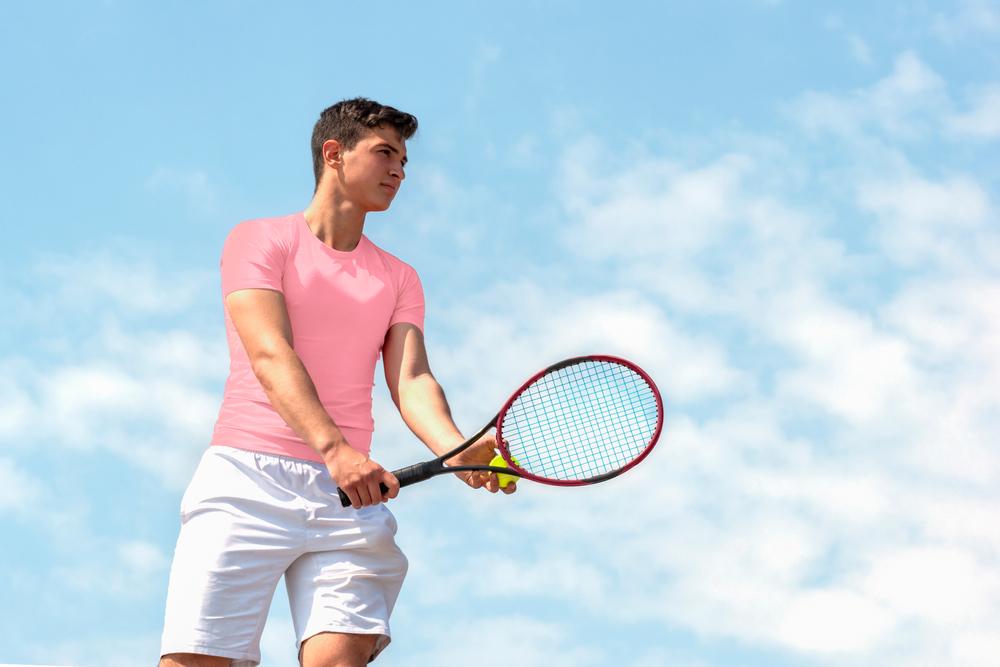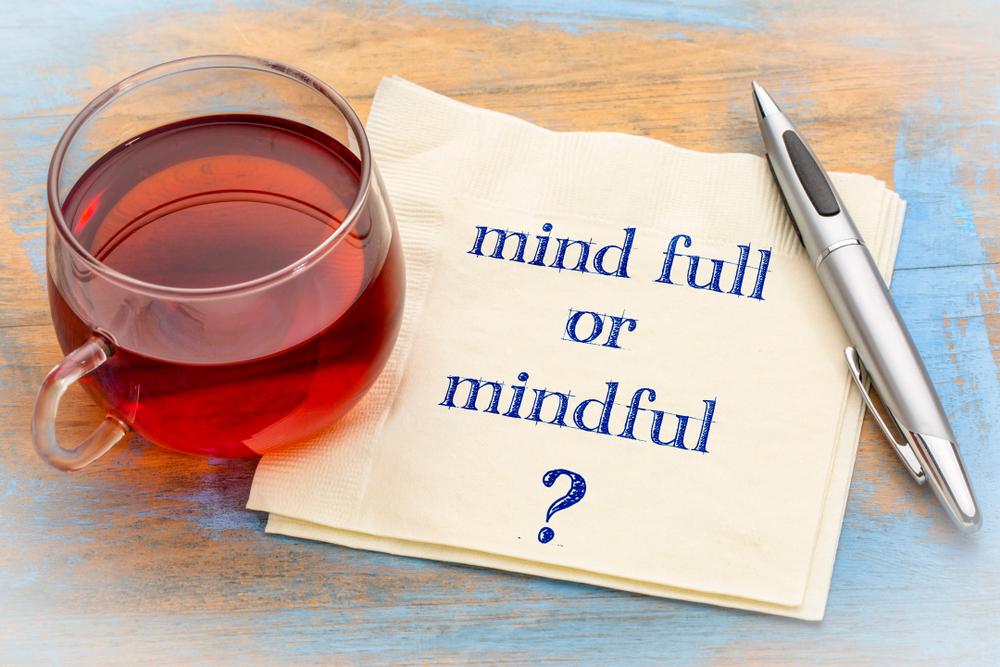Kelly Boys, author of The Blind Spot Effect: How to Stop Missing What’s Right in Front of You, highlights the fact that blind spots have multiple dimensions, including cognitive (the way we think) and behavioral (what we actually do in response to stimuli). In an earlier post I explored these dimensions in more detail and shared Kelly’s approach to identifying our core blind spot involving a meditative exercise that focuses on our bodily sensations and the underlying cognitive message that we are giving ourselves.
Our blind spots can impact every facet of our lives, including our relationships, work endeavors, sport activities, exercise routines and our diet and nutrition. Through mindfulness and employing observation and reflection we can gradually recognize our blind spots and work to overcome them. This is a life-time pursuit that needs to be worked at consistently and persistently. Our blind spots are often manifest in our reactivity to stimuli whatever form they take. Underlying our reactivity can be negative self-talk, prior adverse experiences, assumptions or resentment. Tara Brach offers a simple S.T.O.P. practice that can be used, particularly when we are anxious or agitated, to overcome our habitual behavior (whether fight, flight or freeze) in a particular situation.




